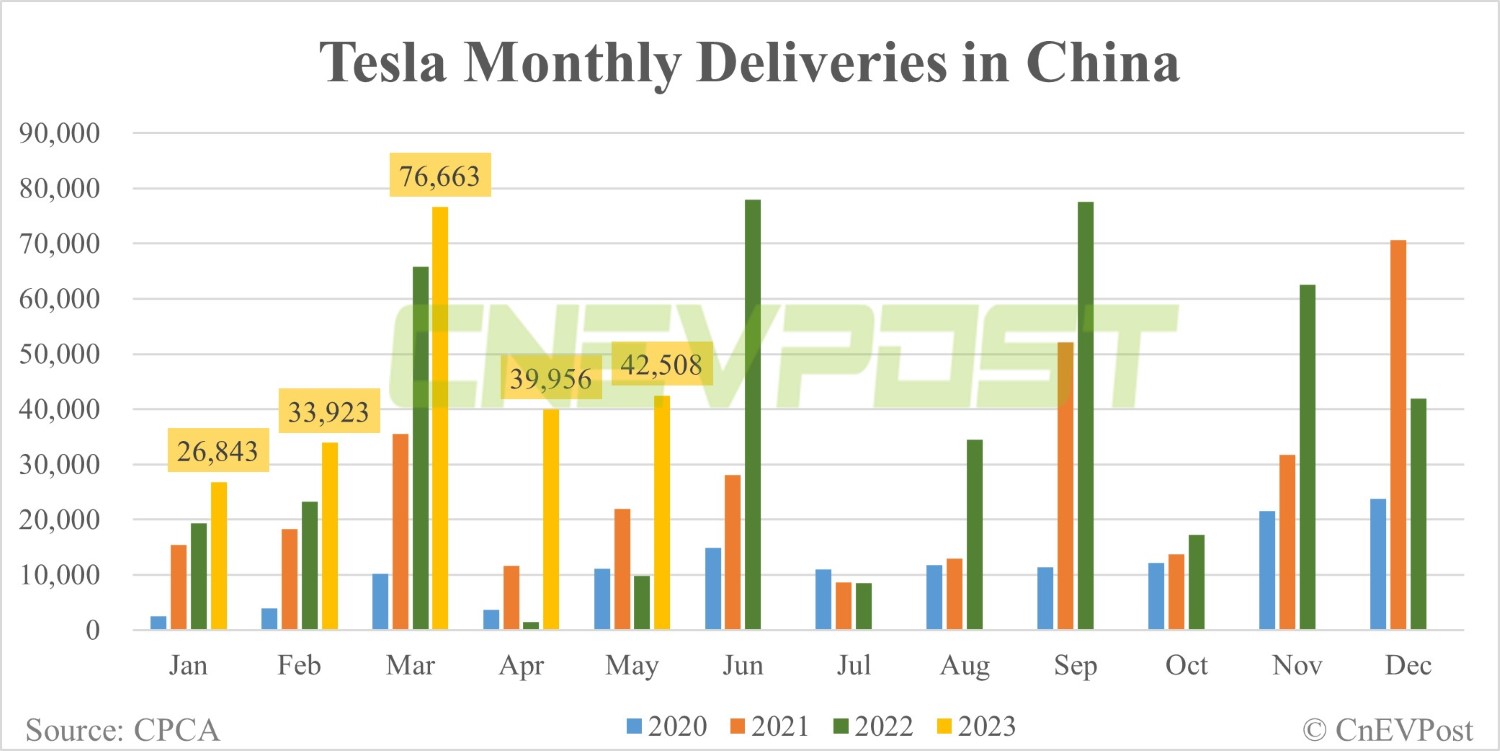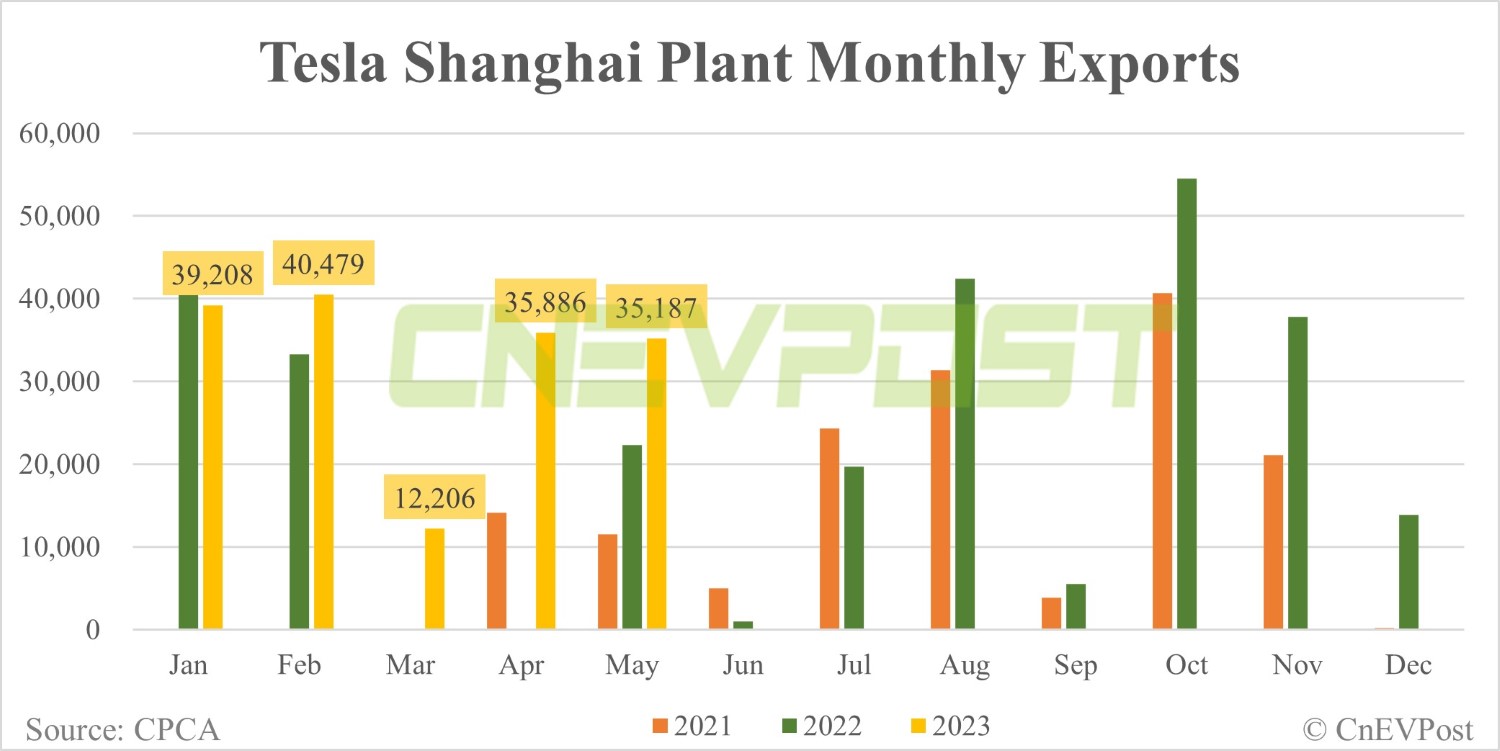
1st Volvo Electric FM 4×2 Truck In South Africa Delivered To KDG Logistics



The launch event of the ET5 Touring will start at 19:00 Beijing time on June 15. Show cars are already available in NIO stores and deliveries in China will start on June 16.

(Image credit: NIO)
NIO (NYSE: NIO) will officially launch the ET5 Touring next Thursday, and like the new ES6, which just went on sale late last month, deliveries of the new model will begin the day after the launch.
The launch of the ET5 Touring will begin at 19:00 Beijing time (7:00 am US Eastern time) on June 15, and it will be a launch event that will span six countries, NIO announced today.
The NIO App release implies that the ET5 Touring will be launched for consumers in China, Norway, Sweden, Denmark, the Netherlands, and Germany.

NIO is accepting pre-orders for the ET5 Touring from consumers in China starting today, although the model's specifications and pricing have not yet been announced.
The ET5 Touring is expected to cost RMB 335,000 ($47,000) - RMB 345,000, which will be slightly higher than the regular ET5's RMB 328,000, according to a June 5 research note by Deutsche Bank analyst Edison Yu's team.
Consumers who pre-order the model now will need to pay RMB 5,000 and they will receive 10,000 NIO Credits, worth RMB 1,000, after locking in their orders.
The offer will no longer be available after the ET5 Touring begins allowing consumers to lock in their orders.
Deliveries of the ET5 Touring will begin June 16 in China, roughly in accordance with consumers' order lock-in schedule, NIO said.
The model's show cars and vehicles for test drives have recently arrived at NIO stores, and test drives will be available on June 15, it said.
In an announcement announcing May delivery figures on June 1, NIO said it plans to launch a new NT 2.0-based model, the ET5 Touring, which will be available for delivery to customers starting in June.
The ET5 Touring will be launched globally in June and start its delivery with the Chinese market, it said at the time in a separate press release.
NIO will launch the ET5 Touring on June 15 and will begin its deliveries this month, William Li, founder, chairman and CEO of NIO, said yesterday during an analyst call following the company's first-quarter earnings announcement.
The ET5 Touring can meet the diverse usage scenarios of individual and family users, greatly enhancing the company's competitiveness in the high-end family car market, he said.
The production team of British automotive media Top Gear will participate in the ET5 Touring launch event, according to information shared by the NIO App today.

Notably, an image on NIO's English website yesterday hinted that the company will launch new models in Europe next week, possibly more than just the ET5 Touring.
"Brand new NIO models are coming. June 15, 19:00 CEST," reads the text of an image on the front page of NIO's English website.
The start time of the European event corresponds to June 15 at 1:00 pm US Eastern time, or June 16 at 1:00 am Beijing time.

($1 = RMB 7.1286)
The post NIO to launch ET5 Touring on Jun 15, delivery in China to start next day appeared first on CnEVPost.
For more articles, please visit CnEVPost.

In Israel, BYD ranked first in the EV market, accounting for 35% of total EV sales. BYD ATTO 3 continues to be the bestseller in the country.
The post BYD sold 1,268 EVs in Israel, continuing to be the EV sales champion in May appeared first on CarNewsChina.com.

Tesla ranked third in the CPCA's NEV retail sales rankings, with BYD and GAC Aion in first and second place with 38.1 percent and 7.8 percent shares, respectively.

Tesla (NASDAQ: TSLA) retail sales in China in May were 42,508 units, ranking third in the country's new energy vehicle (NEV) market with a 7.3 percent share, according to data released by the China Passenger Car Association (CPCA) on June 9.
That's up 332.65 percent from 9,825 units in the same month last year and up 6.39 percent from 39,956 units in April, according to data monitored by CnEVPost.

BYD's retail sales in May were 220,735 units, up 94.0 percent year-on-year, placing it first in the NEV market with a 38.1 percent share, according to the CPCA's ranking.
Tesla has a factory in Shanghai, its largest in the world, producing the Model 3 and Model Y, with an annual capacity of more than 1.1 million units.
Model 3 and Model Y breakdown sales figures in China are not yet available. Tesla's pattern is to produce vehicles in the first half of each quarter primarily for export and in the second half for the local market.
China's new energy passenger vehicle retail sales in May were 580,000 units, including 388,000 battery electric vehicles (BEVs) and 192,000 plug-in hybrids (PHEVs), data released by the CPCA on June 8 showed.
This means that Tesla's share of the BEV market in China was 10.96 percent in May, slightly higher than April's 10.8 percent. It had a slightly lower share of the NEV market in May than the 7.58 percent it had in April.

Tesla's Shanghai plant exported 35,187 vehicles in May, considering the CPCA said on June 5 that Tesla sold 77,695 China-made vehicles in May.
That export figure was up 57.51 percent year-on-year but down 1.95 percent from April, CnEVPost's calculations show.

In the ranking released yesterday by the CPCA, GAC Aion came in second with a 7.8 percent share of May retail sales at 45,003 units, up 113.7 percent year-on-year.
SAIC-GM-Wuling ranked fourth with a 6.3 percent share of May retail sales, up 13.7 percent to 36,253 units.
Li Auto ranked fifth with a 4.9 percent share of May retail sales, up 146.0 percent to 28,277 units.
Geely ranked sixth with a 4.4 percent share, Changan Auto ranked seventh with a 4.2 percent share, Great Wall Motor ranked eighth with a 3.6 percent share, Leapmotor ranked ninth with a 2.1 percent share and Neta Auto ranked 10th with a 1.9 percent share.
The post Tesla delivers 42,508 vehicles in China in May, taking 7.3% share of NEV market appeared first on CnEVPost.
For more articles, please visit CnEVPost.
Its coefficient of drag is as low as 0.216Cd.
The post New Neta S electric sedan has 1,075 km cruising range with CATL’s Qilin battery appeared first on CarNewsChina.com.

